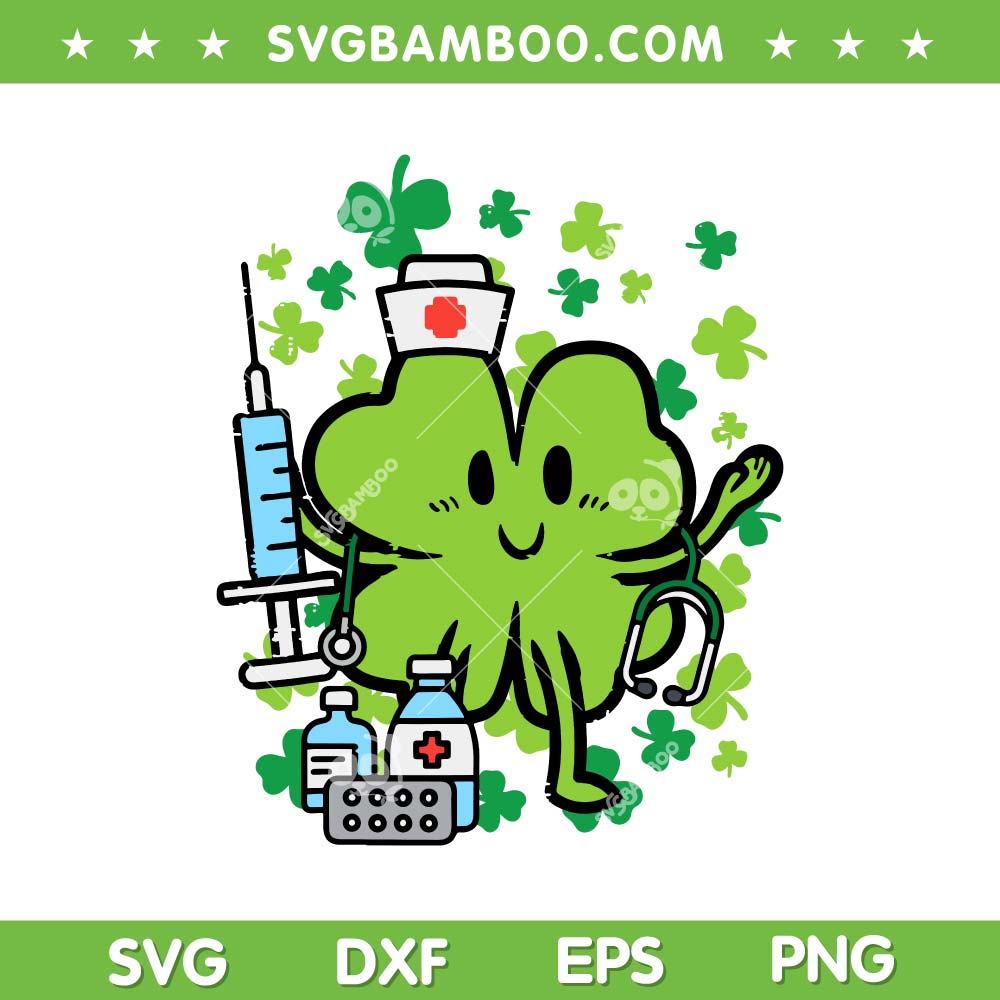Gallery
Photos from events, contest for the best costume, videos from master classes.
 |  |
 |  |
 |  |
 |  |
 |  |
 |  |
Saint Patrick’s Day, feast day (March 17) of St. Patrick, patron saint of Ireland. People of that country celebrate the day with religious services and feasts, but Saint Patrick’s Day has transformed into a largely secular holiday of revelry in other parts of the world. St. Patrick's work included founding churches, monasteries, and convents. He died on March 17, 461, and this date is commemorated annually in his honor. Over time, St. Patrick's Day evolved from a religious celebration to a cultural festivity that celebrates Irish heritage worldwide. Popular symbol of St. Patrick's Day, used to explain Holy Trinity - Jesus, God and Holy Spirit. shamrock . 200. It is a green leafy vegetable that can be used in As we celebrate St. Patrick’s Day, let us carry these symbols with us, not just as decorations but as a tribute to the resilience, faith, and joy of Irish culture. To learn even more about St. Patrick’s Day Ireland, and Irish traditions, you can consult our blog posts St. Patrick’s Day 101: a Brief Primer and 17 Things You Didn’t Know Saint Patrick's Day, or the Feast of Saint Patrick (Irish: Lá Fhéile Pádraig, lit. 'the Day of the Festival of Patrick'), is a religious and cultural holiday held on 17 March, the traditional death date of Saint Patrick (c. 385 – c. 461), the foremost patron saint of Ireland. St. Patrick's Day, observed on March 17, has transitioned from a feast day in Ireland to a widely celebrated holiday in the United States. The holiday commemorates St. Patrick, the patron saint of What is the History of St. Patrick’s Day? The first St. Patrick’s Day celebration took place in Ireland as a religious observance. By the 9th or 10th century, the Irish had begun observing March 17 as St. Patrick’s Feast Day. The holiday’s popularity grew over time, particularly among Irish immigrants in the United States. St. Patrick’s Day is a holiday known for parades, shamrocks and all things Irish. Find out how symbols we now associate with St. Patrick’s Day came to be. Read more Read more about St. Patrick St. Patrick’s Day didn’t become an official Irish public holiday until 1903 with the introduction of the Bank Holiday (Ireland) Act 1903. This act was introduced by Irish Member of Parliament 1.6 Flags and St Patrick's Day spiritual meaning in Modern Celebrations; 2 The Life of St. Patrick and His Return to Ireland; 3 Why We Celebrate on March 17: The St. Patrick's Day Spiritual Meaning Behind the Date; 4 The Shamrock to Explain the Holy Trinity; 5 How St. Patrick's Day Reflects Christian Faith; 6 Get Inspired by The Symbols of St Celebrated annually on March 17, St. Patrick’s Day is a holiday known for parades, shamrocks and all things Irish. From leprechauns to the color green, find out how symbols we now associate with The first St. Patrick's Day parade currently on record was held in St. Augustine, Florida, in 1601, historians say. Not, as some might assume, on the Emerald Isle. These are just a few of the many items and images that are symbolic of St. Patrick’s Day. First published February 16, 2021. Updated or republished March 10, 2024. St. Patrick’s Day Blog Posts. All Things Green; All Things Orange; A-Z of St. Patrick’s Day; Celtic Cross; Colors of St. Patrick’s Day; Don’t mistake a shamrock for any old Vintage shamrock-themed St. Patrick’s Day postcards (via The Graphics Fairy) One of the most prominent St. Patrick’s Day symbols is the shamrock, which ties back to the holiday’s religious roots. As the legend goes, when St. Patrick arrived in Ireland he used the shamrock to visually explain Christianity’s Holy Trinity. A display by Tourism Ireland entitled "Orchestra of Light" featuring a swarm of 500 drones is animated in the night sky above the Samuel Beckett bridge on the river Liffey for St Patrick's Day, as One traditional symbol of Saint Patrick's Day is the Shamrock. "Shamrock" is the common name for several different kinds of three-leafed clovers native to Ireland. The shamrock was chosen Ireland's national emblem because of the legend that St. Patrick had used it to illustrate the doctrine of the Trinity. St. Patrick's Day symbolizes resilience and faith, reflecting historical struggles and overcoming challenges within Irish culture. The shamrock, associated with St. Patrick, represents the Holy Trinity and encourages reflection on spiritual connections. The last of the St. Patrick’s Day symbols we’re going to go over is the harp. In addition to being a symbol of St. Patrick’s Day, the harp is also a symbol of Ireland. As St. Patrick’s Day is a celebration of the Irish, it makes sense that their national symbol would also be a St. Patrick’s Day symbol. The celebration of St. Patrick’s Day reinforces the connection between Irish heritage and its Christian roots. Also read: Unveiling March: Exploring Its Spiritual Meaning & Symbolism. Symbols of St. Patrick’s Day and Their Meanings The Shamrock. The humble shamrock, a three-leaved clover, is the most iconic symbol of St. Patrick’s Day. St. Patrick's Day's spiritual meaning is rooted in Christianity. At its core, St. Patrick's Day is a religious holiday celebrated by Catholic, Lutheran, Anglican, and Eastern Orthodox Christians.. The man who inspired the holiday, Saint Patrick, is best known for bringing Christianity to Ireland in the 5th century.
Articles and news, personal stories, interviews with experts.
Photos from events, contest for the best costume, videos from master classes.
 |  |
 |  |
 |  |
 |  |
 |  |
 |  |